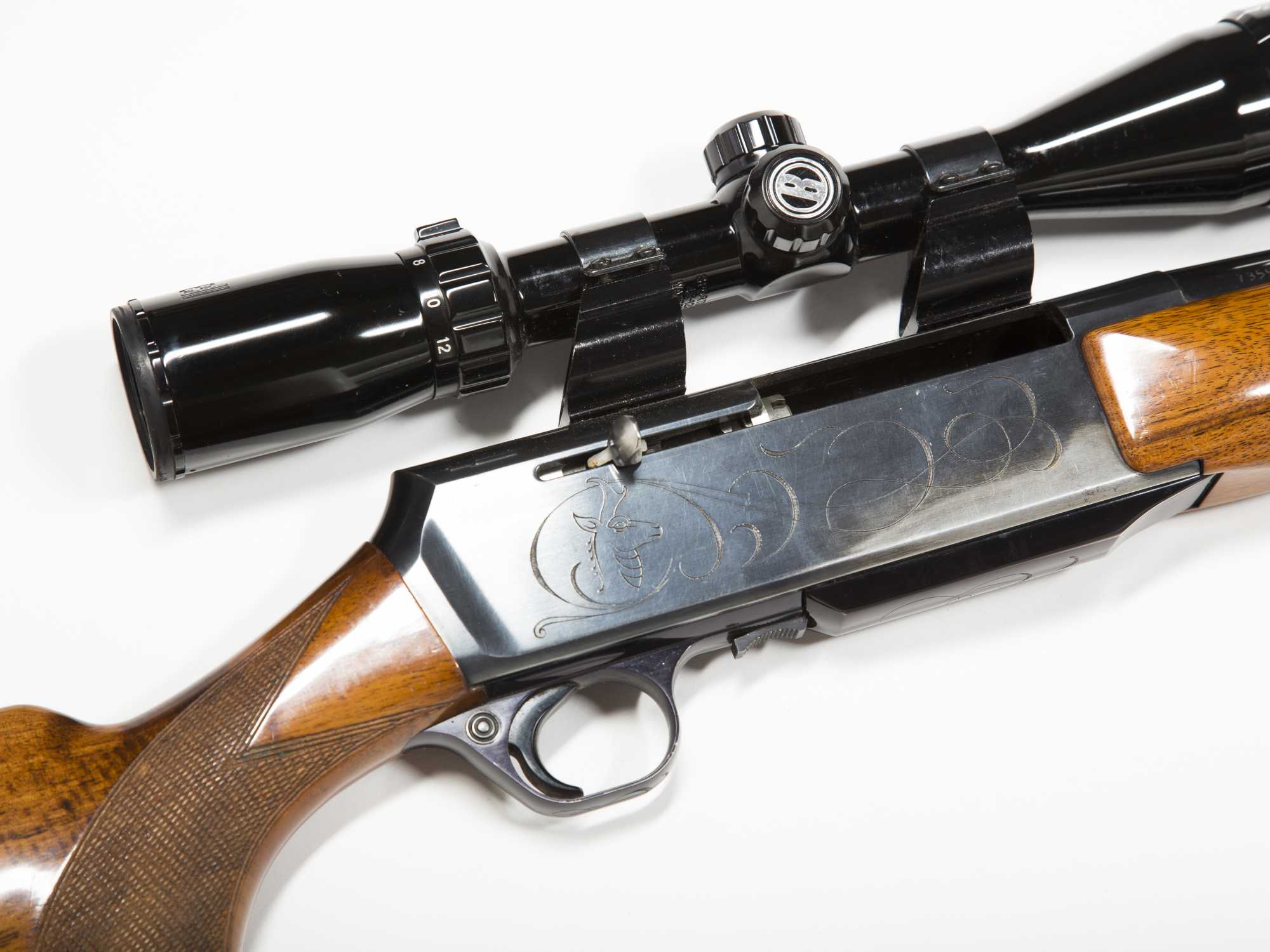

Take away a criminal's pistol and he'll use a knife or a crowbar is one argument. Nor, according to these folks, does a gun ban do much to deter violence. įor many gun owners and the well-funded lobbyists at the National Rifle Association (NRA), the ban was an unnecessary invasion on their constitutionally guaranteed right to bear arms. The law did, nevertheless, limit magazines capable of carrying more than 10 bullets. Gun control advocates called the ban toothless, noting that several of the prohibited design features - bayonet mounts, grenade launchers, silencers and flash suppressors - don't get to the heart of why these weapons are dangerous: Their ability to fire off several rounds in a short period of time. įrom there, the story of gun control in the United States has been a cat-and-mouse game of sorts with gun control activists pushing for laws reflecting ever-developing firearm technology, while gun owners and Second Amendment buffs resist further regulation of their constitutional right to bear arms. Originally developed for use in World War I, the Tommy gun later became popular among Prohibition-era bootleggers and gangsters before the ban.

Fully automatic machine gun-type weapons have been tightly regulated since Congress passed the National Firearms Act of 1934, largely in response to the growing prevalence of weapons like the Thompson submachine gun ("Tommy gun"), a machine gun with the cartridge of a pistol. With the advance of gun technology came the dawn of gun control. 22-caliber weapon that saw heavy action in World War II. In 1914, Browning also introduced the first semi-automatic rifle, a. 45-caliber weapon was the official sidearm for U.S. Browning and company produced nearly 2 million of its Long Colt pistols during World War II and the. Browning in 1910 and originally used by U.S. The first widely seen semi-automatic pistol, meanwhile, was created by John M. The automatic load feature in both types of operating system means the user does not need to cock the weapon hammer in order to load a new round. A gas-operated gun, meanwhile, harnesses the gas from a fired round to drive a piston in the weapon's barrel, which ejects the spent shell and cocks a fresh one. In the former, the "blowback" or recoil force that occurs when a shot is fired sends the barrel backward rapidly, ejecting the empty bullet shell casing and loading a new bullet into the chamber. There are, generally speaking, two types of machine and semi-automatic guns: recoil-operated and those powered by gas.

Gun rights advocates have taken issue with the term, however, arguing that it only applies to fully automatic, "spray firing" weapons. These firearms are often referred to as "assault weapons," based on their rapid-fire capability. Semi-automatic weapons are typically pistols, rifles and shotguns, including the AK-47 and AR-15 rifles, the UZI submachine guns, and MAC-10 machine pistols. Although the firearm automatically reloads, a shooter must pull the trigger separately in order to fire another round. Ī semi-automatic weapon, on the other hand, could be described as a civilian version of a military machine gun, one that is less capable of rapid fire. In the United States and elsewhere around the world, these weapons are likely to only be found on a battlefield. That is, the weapon continues to fire until it runs out of ammunition, so long as the trigger is pulled down. A machine gun is a military weapon capable of fully automatic fire.


 0 kommentar(er)
0 kommentar(er)
